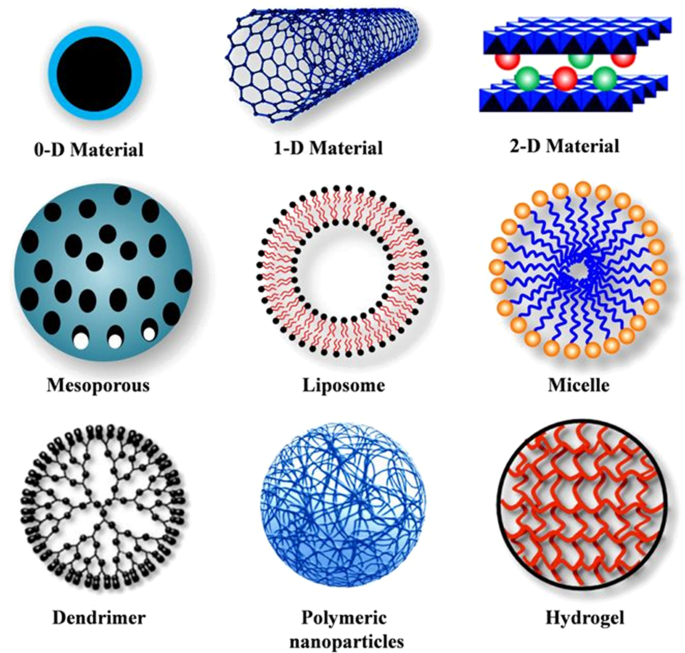With another release of Mir, we have prepared a new blog with the a roundup of the product’s newest features. Mir is our flexible display server that provides a set of libraries and a Wayland compositor for building Wayland-based shells with integrated window management. Today, Canonical is launching Mir 2.5, a new version of Mir that aims to help developers. Mir 2.5 brings new features to reduce development time and integration hassle.
New features on Mir for onscreen keyboards and Electron Wayland
In this new release, we’ve updated our support for some existing Wayland protocol extensions and implemented some new protocol extensions. Here are the more significant enhancements:
- Bump wlr_layer_shell_unstable_v1 version from 3 to 4
- Add zwp_virtual_keyboard_v1
- Add zwp_text_input_v3 & zwp_input_method_v2
As zwp_virtual_keyboard_v1 and zwp_input_method_v2 could be used by malicious clients they are disabled by default. Mir provides configuration options to allow them to be enabled for specific clients or enabled for all clients.
We have also been able to address some issues found with Electron’s new Wayland support and improved usability with tools such as GTK and XWayland. For further information please visit the discourse release. If you want to experience these new features while building your smart display for your project, have a look at Ubuntu Frame.
Try Ubuntu Frame
Last week we announced Ubuntu Frame; an easy-to-use, reliable and secure fullscreen shell to power edge devices, with 10 years of support from Canonical. Ubuntu Frame is the foundation you need to deploy any graphic application for edge devices. It’s compatible with the most popular graphic toolkits such as Flutter, or Qt, and it enables all the functionality that end-users expect while interacting with digital displays, such as input from touch screens with a wide array of gestures, keyboard and mouse.
So you no longer need to worry about integrating and maintaining partial solutions such as DRM, KMS, input protocols or security policies to power and secure their displays. You can get one tool to manage everything with Ubuntu Frame.
- Do you want to test it out for yourself? Follow this tutorial to build a web kiosk with Ubuntu Frame or join a webinar to learn more about Ubuntu Frame.
Tell us about your Mir
Are you using Mir to power your next smart display? Do you want to feature in our next blog? We’d love to hear about it and feature it next month. Send a summary to mir.community@canonical.com, and we’ll be in touch.



